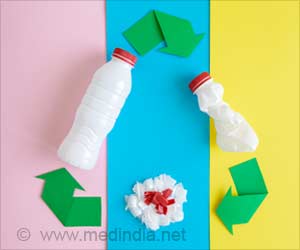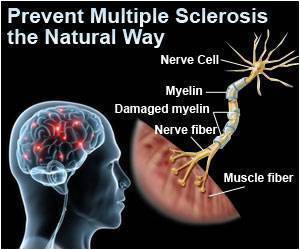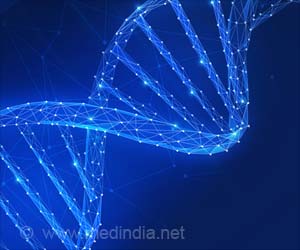Polymers are a long chain of repeating units, and in this case, the absorbent material in diapers is based on the polymer polyacrylic acid.
‘Using chemical recycling, diapers are turned into adhesives which prevent plastic waste problem.’
Recycling can be broadly divided into mechanical recycling and chemical recycling.
“Mechanical recycling is what most people think about: You separate different plastics based on their identities, chop them up into small pieces, melt them and reuse them, which lowers the quality of the product,” said U-M chemist Anne McNeil, corresponding author of the paper.
Mechanical recycling leads to lower quality materials because polymers are of different chain lengths or altered with different additives and dyes. Whereas, chemical recycling using chemistry and chemical transformations makes a value-added material, or at least a material as valuable as the original.
The qualities that make plastics desirable, such as toughness and durability, are also responsible for their difficulty in recycling. In particular, polymers are difficult to break down because they are held together by stable bonds.
Researchers from University of Michigan developed a three-step process that turns superabsorbent polymers into a reusable material like adhesives. The method is energy-efficient and able to be deployed on an industrial scale
The polymers in superabsorbent materials look like a loosely woven fishing net with a crosslink every 2,000 units, which is more than enough to create an insoluble network structure.
To recycle these materials, this new method can delink the network polymer into water soluble chains either in the presence of acid or base.
Researchers also learned that using this acid method to de-crosslink the polymers would exhibit a 10 times lower global warming potential, based on carbon dioxide release, and would require 10 times less energy than using a base-mediated approach.
To shorten the long chains of polymers within the material to produce different types of adhesives, they used tiny bursting air bubbles to break the polymer chains that can cut the chains in pieces without changing the chains’ chemical properties.
Compared to the conventional route,developing adhesives from recycled polymers shows 22% reduction in global warming potential and 25% reduction in energy for the route using recycled diapers.
More research in this area should be done because the global plastic problem is so huge and chemists can play a really important role in reimagining what we do with this waste.
Source: Medindia



